RECAP: Seaweed Cyanotypes
February 8th & 9th, 2025— Cannon Beach, Oregon
Since they were such a big hit last year, we decided to host more art workshops featuring seaweed cyanotype making with Shifting Tides and Block Studio.
We began the day by learning a bit about the history of cyanotype printmaking, along with the science and best practices behind the process, led by Sam of Block Studio. Sam is a woodworker and printmaker based in Cannon Beach who specializes in photographic cyanotypes, a process that requires far more precision and practice than the ones we created during the workshop.
We learned that cyanotypes are actually the origin of the term “blueprint.” The first published book of cyanotypes was created by Anna Atkins and featured a collection of seaweed specimens, making seaweed a fitting focus for this workshop.
Cyanotypes are created using a combination of chemicals that, when mixed, become UV-reactive and change color when exposed to sunlight. By placing objects on the treated paper to block the UV light, you are left with a silhouette that forms the final image.
Sam walked us through the materials needed for the process and explained that the emulsion had been painted onto the paper before class. This step was done ahead of time to save time during the workshop and because the paper must be coated in a space without UV light to prevent premature exposure before printing begins.
Before moving on to creating our own pieces, Alanna of Shifting Tides and co-founder of Winter Waters, taught the group about the art of pressing seaweeds. Pressing seaweed is similar to pressing flowers and leaves, but with a few important differences. Because seaweeds contain more moisture, extra care is needed to ensure they dry properly. It is also important to prevent them from sticking to the paper completely, so they can be lifted and used as objects in cyanotype printing. A few additional materials and steps can help make this process successful.
In class, we began with paper that already had dried emulsion applied. Each participant selected their seaweed specimens and arranged them to create a design before taking their paper outside to expose it to sunlight. Exposure time varied based on the brightness of the day, with overcast conditions requiring longer periods. Once exposed, the prints were rinsed in water and hung up to dry.
It was such a joy to watch the display wall fill up with prints as everyone completed their set of five to take home. There was so much variety in the types of seaweed used and the creative ways they were arranged. We loved that each person was able to learn a piece of seaweed art history and also take home their own beautiful reminder of the experience.
Thank you to Cannon Beach Chamber of Commerce for sponsoring and for hosting us in your space!







